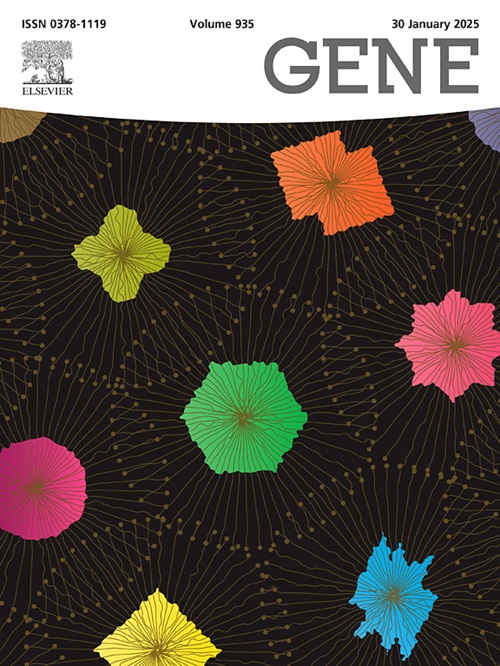荚膜细胞中存在产生 IgG 受体的 RNA,并随血糖变化而变化--关于肾细胞中存在 Fc γ 受体的初步结果
IF 2.6
3区 生物学
Q2 GENETICS & HEREDITY
引用次数: 0
摘要
糖尿病由高血糖引起,是四大非传染性疾病之一。它也是导致肾衰竭的主要原因。糖尿病肾病(DKD)期间的肾组织炎症旨在解决持续的体内平衡失调问题,但却会导致肾组织损伤。由于肾小球是血液过滤的地方,而肾小球内白细胞极少,因此人们怀疑肾小球内的细胞具有免疫学特征,可能引发或加剧肾组织炎症。肾小球中的一种细胞类型--荚膜细胞,不仅对血浆过滤至关重要,而且还具有吞噬功能,被描述为专业的抗原呈递细胞。由于糖尿病患者血液中产生并沉积在肾脏中的 IgG 免疫复合物水平升高,也有人提出,荚膜细胞可能表达 IgG 的 Fc 片段(FcγRs)受体,从而启动吞噬作用。许多分析表明了这一点,但以前从未进行过测试。因此,在本研究中,我们分析了人类荚膜细胞中 FcγR 编码基因的 mRNA 表达水平,将其与其他非免疫上皮细胞(卵巢细胞)和白细胞的表达水平进行了比较,并比较了在标准和高浓度葡萄糖培养基中培养的荚膜细胞中 FcγR 编码基因的表达水平。检测荚膜细胞中 FcγR 的表达有助于了解 DKD 期间肾组织炎症的病理机制,进而帮助预防或减少肾组织炎症。本文章由计算机程序翻译,如有差异,请以英文原文为准。
RNA production of IgG receptors is present in podocytes and varies depending on glycemia – preliminary results on Fc gamma receptor presence in kidney cells
Diabetes results from high blood glucose level and is one of the four main noncommunicable diseases. It is also a major cause of kidney failure. An inflammation of renal tissue during diabetic kidney disease (DKD) is aimed to resolve the ongoing homeostatic imbalance, however it leads to renal tissue injury. Because, the kidney glomerulus, where the blood filtration occurs, is an immunologically privileged place with very few leukocytes within, it was suspected that cells within the glomerulus possess immunological features and may initiate or increase the inflammation of renal tissue. One of the cell types in glomerulus, podocytes, are not only crucial for plasma filtration, but also can phagocytose and were described as professional antigen presenting cells. Due to an increased level of IgG-based immune complexes generated in the blood of diabetic patients and deposited in their kidneys, it was also proposed, that podocytes may express receptors for Fc fragment of IgG (FcγRs), which initiate phagocytosis. Many analyses point to that, but it has never been tested before. Thus, in the current study, we have analyzed mRNA expression levels of FcγR-coding genes in human podocytes, compared it to their expression levels in other non-immune epithelial cells (ovarian cells) and to leukocytes, as well as compared FcγR-coding genes’ expression levels in podocytes cultured in a medium with standard versus high glucose concentration. The detection of FcγR expression in podocytes could help to understand the pathomechanism of renal tissue inflammation during DKD and subsequently help to prevent or minimize it.
求助全文
通过发布文献求助,成功后即可免费获取论文全文。
去求助
来源期刊

Gene
生物-遗传学
CiteScore
6.10
自引率
2.90%
发文量
718
审稿时长
42 days
期刊介绍:
Gene publishes papers that focus on the regulation, expression, function and evolution of genes in all biological contexts, including all prokaryotic and eukaryotic organisms, as well as viruses.
 求助内容:
求助内容: 应助结果提醒方式:
应助结果提醒方式:


